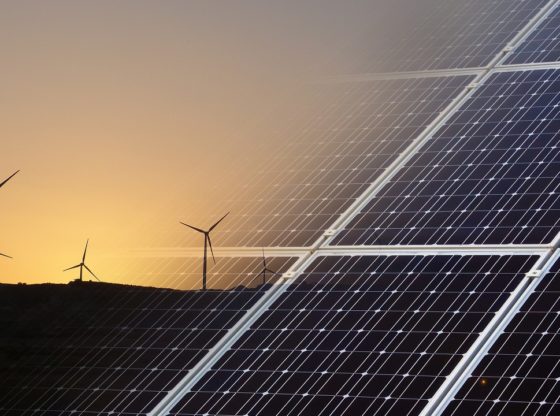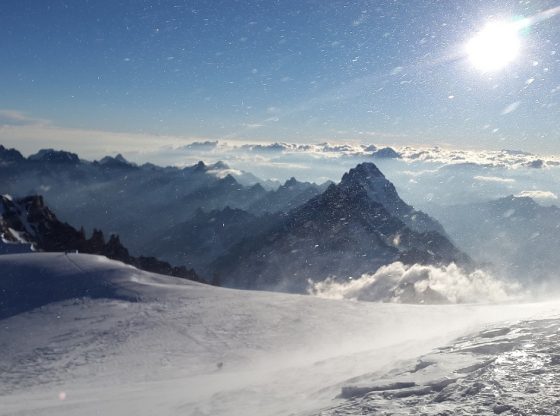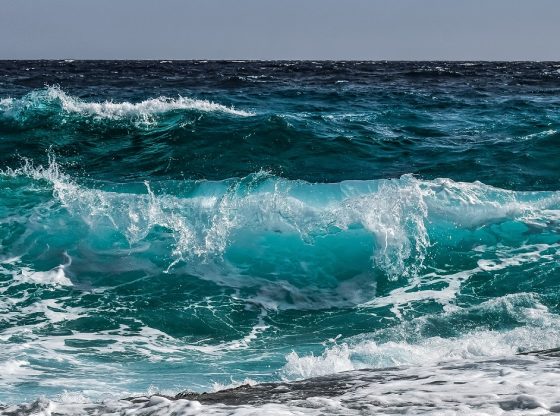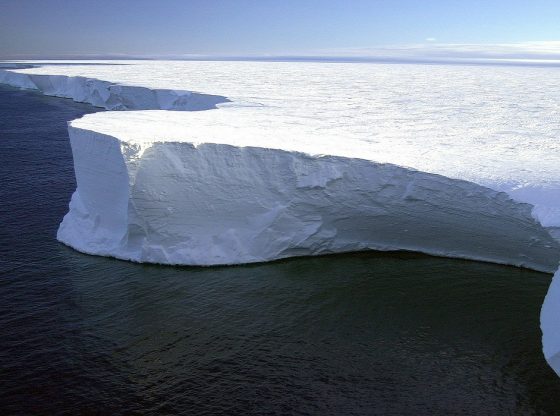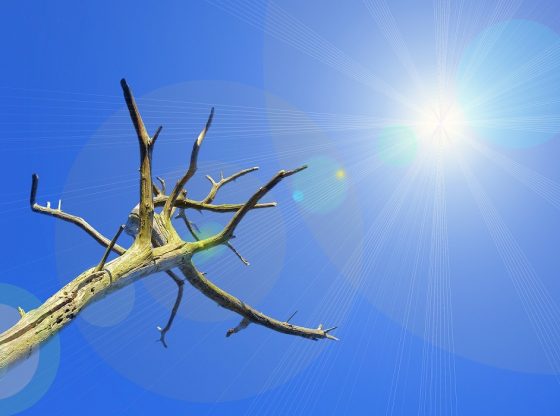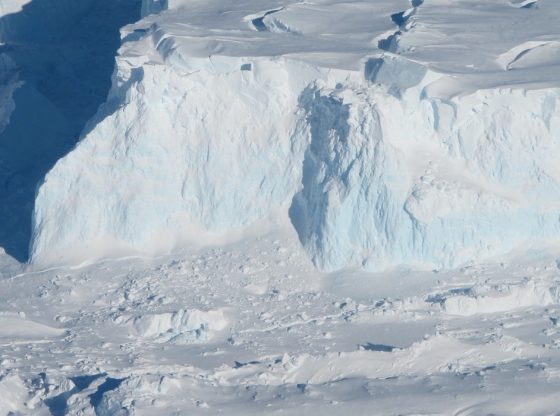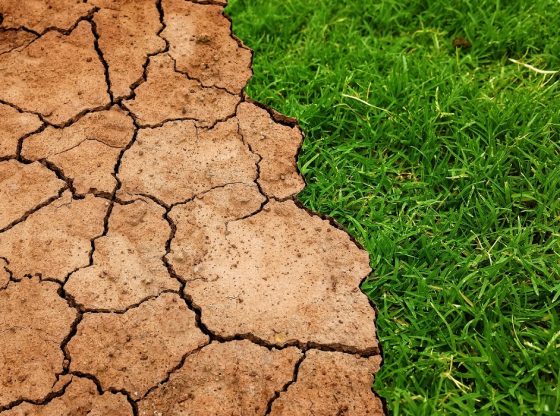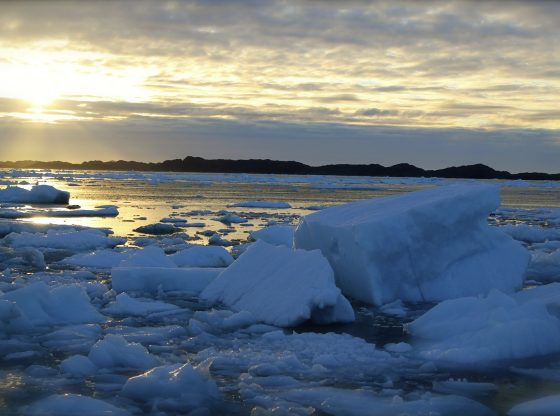Unless climate emissions drop sharply, Southern Asia will have a few days per year at the end of the century when temperatures and humidity are soo high that people die if they stay outdoors, according to a new study.
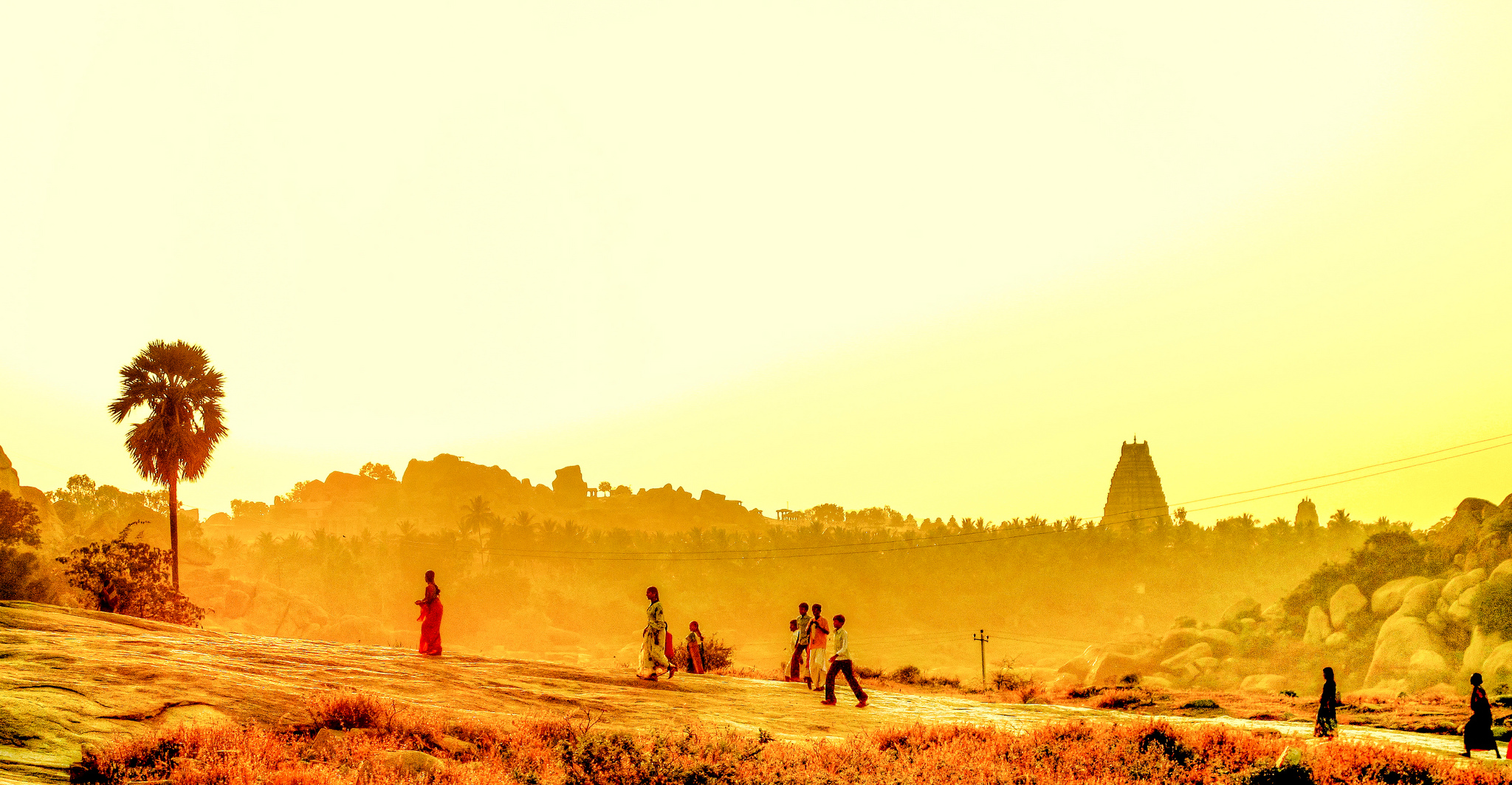
The warning comes from American and Chinese scientists who have run detailed, high-resolution models used by the UN Climate Panel. If the world succeeds in hindering heating below two degrees, fatal temperatures will not occur before 2100.
But if the emissions do not decrease but continue to increase as they are now, the situation becomes more critical. The computer models show that for a few days, the so-called wet-bulb temperature, a measure of how hot it is in combination with humidity, will exceed 35 degrees. This is the upper limit of what a human can handle.
“The body can no longer chill by sweating and within a few hours a well-trained healthy person will die,”
– Professor Jeremy Pal at Loyola Marymount University in Los Angeles.
Today, about 2 percent of the Indian population sometimes gets exposed to extremes of 32-degree wet-bulb temperatures. According to this new study, by 2100 that will increase to about 70 percent of the population, and about 2 percent of the people will sometimes be exposed to the survivability limit of 35 degrees.
This level of extreme heat would occur within 50 years at around the Indus and Ganges valleys, where one fifth of the world’s population lives. Already slightly lower wet temperatures are dangerous, especially for children, old and sick.

The same researcher has previously shown that this can also happen in the Gulf States, Saudi Arabia, Qatar and the United Arab Emirates, as well as Iran.
Extreme heat waves occur today already in Southern Asia, that do require many human lives. At least 3,500 people died as a direct result of a heat wave that occurred two years ago in India and Pakistan.
The summer of 2015 produced one of the deadliest heat waves in history in South Asia, killing an estimated 3,500 people in Pakistan and India.
Reference:
Im, Pal, Eltahir, Deadly heat waves projected in the densely populated agricultural regions of South Asia, Sci. Adv. 2017; 3: DOI: e1603322

